Reduce inappropriate medical imaging and surgeries, part X
This is the tenth part of a series examining the policy barriers and solutions to reducing surgical wait times in Canada. The series has been adapted from a research paper by Andrew Longhurst. The complete paper with reference list for the footnotes is available here.
A 2017 report from Choosing Wisely Canada and the Canadian Institute for Health Information concluded that up to 30 per cent of imaging tests, procedures, and pharmaceutical therapies across eight priority areas are potentially unnecessary.[1] Technological advances have contributed to the growth of diagnostic imaging (e.g., x-ray, MRI, CT). In many cases, diagnostic medical imaging is necessary for diagnosis. However, growing evidence suggests that many imaging tests are not necessary and may create unnecessary and avoidable patient harm. A 2009 US study estimated that 15,000 Americans will die each year from exposure to radiation if current levels of CT scanning continue.[2] Based on a review of eight Canadian studies, the share of inappropriate MRI exams was estimated to range from 2 to 28.5 per cent, in large measure because methodologies in these studied varied.[3] A national approach to appropriateness, supported with better data reporting and quality improvement programs, would likely reduce inappropriate medical imaging and wait times for those with urgent needs.
There is also growing recognition that surgical interventions may not always be appropriate for patients. Surgical care is appropriate when it is based on available evidence and the patient’s health status. Inappropriate surgeries are those that provide no health benefit to the patient, are risky, and may result in deterioration in a patient’s health. Inappropriate surgeries can be reduced by ensuring physicians are supported to use the best available evidence in assessing whether a surgery is appropriate for their patient, and by involving and fully informing patients of the potential benefits, risks and outcomes of surgery. In other words reducing inappropriate surgeries requires a movement towards shared decision-making between patients and health care providers, with patients actively involved in the decision to undergo surgery or pursue non-operative therapies.
There is also growing recognition that surgical interventions may not always be appropriate for patients.
Andrew Longhurst
Routine, low complexity surgical procedures, such as cataract surgery and joint replacements, often have high clinical variation. This means patients with similar diagnoses receive different treatments depending on when, where and by whom they are treated, despite clinical evidence on the optimal treatment. For example, a 2002 study of BC cataract surgery patients found that 26 per cent of patients reported either no change or a deterioration to their eyesight after surgery.[4] The study used patient-reported outcome measures (PROMs) to provide patients’ perspectives on their health and the appropriateness of the interventions. PROMs are standardized and validated surveys completed independently by patients, typically before and after surgery. This data can be used to identify where there are variations resulting in poor outcomes, to support clinicians to make necessary changes in their clinical practice, and to inform health system planners where quality improvement efforts are needed.
PROMs data can be used in the development of print or electronic “decision aids” or plain-language toolkits for patients considering surgery. In one US study, “the introduction of decision aids was associated with 26 per cent fewer hip replacement surgeries, 38 per cent fewer knee replacements, and 12–21 per cent lower costs over six months.”[5] In other words, patients who were provided with a decision aid were less likely to choose surgery than those who were not. Decision aids can help patients make fully informed choices about whether surgery is best for them considering their health and lifestyle preferences.
Addressing appropriateness through the use of PROMs, decision aids, and shared decision-making can reduce public health care costs by reducing the overall demand for inappropriate procedures. There is increasing interest in collecting patient-reported outcomes, and using them to support quality improvement efforts.[6] Canada has been relatively late to the discussion on appropriateness.[7] However, growing momentum through the Choosing Wisely campaign and pan-Canadian PROM collection – beginning with national standards for hip and knee replacements – is encouraging.[8] Ultimately, Choosing Wisely and PROM collection need to be systematically and routinely used by clinicians and health system administrators to reduce unnecessary clinical variation, and to improve the safety and quality of care.

[1] CIHI, 2017; Grant, 2017.
[2] Berrington de Gonzalez et al., 2009.
[3] Vanderby et al., 2015.
[4] Wright et al., 2002.
[5] Arterburn et al., 2012, p. 2094.
[6] Clinical governance is a systematic approach to maintaining and improving the quality of patient care. It requires ongoing and structured work by system administrators and health care providers, rooted in the use of data and shared patient decision-making. To be effective, it must not be top-down. It should foster a culture of learning and improvement in which clinicians are supported to do their best work informed by evidence. For a case study of clinical governance and quality improvement at work in Scotland, see Haraden and Leitch (2011).
[7] Lewis and Sullivan, 2013a, p. 4.
[8] CIHI, 2019a.


